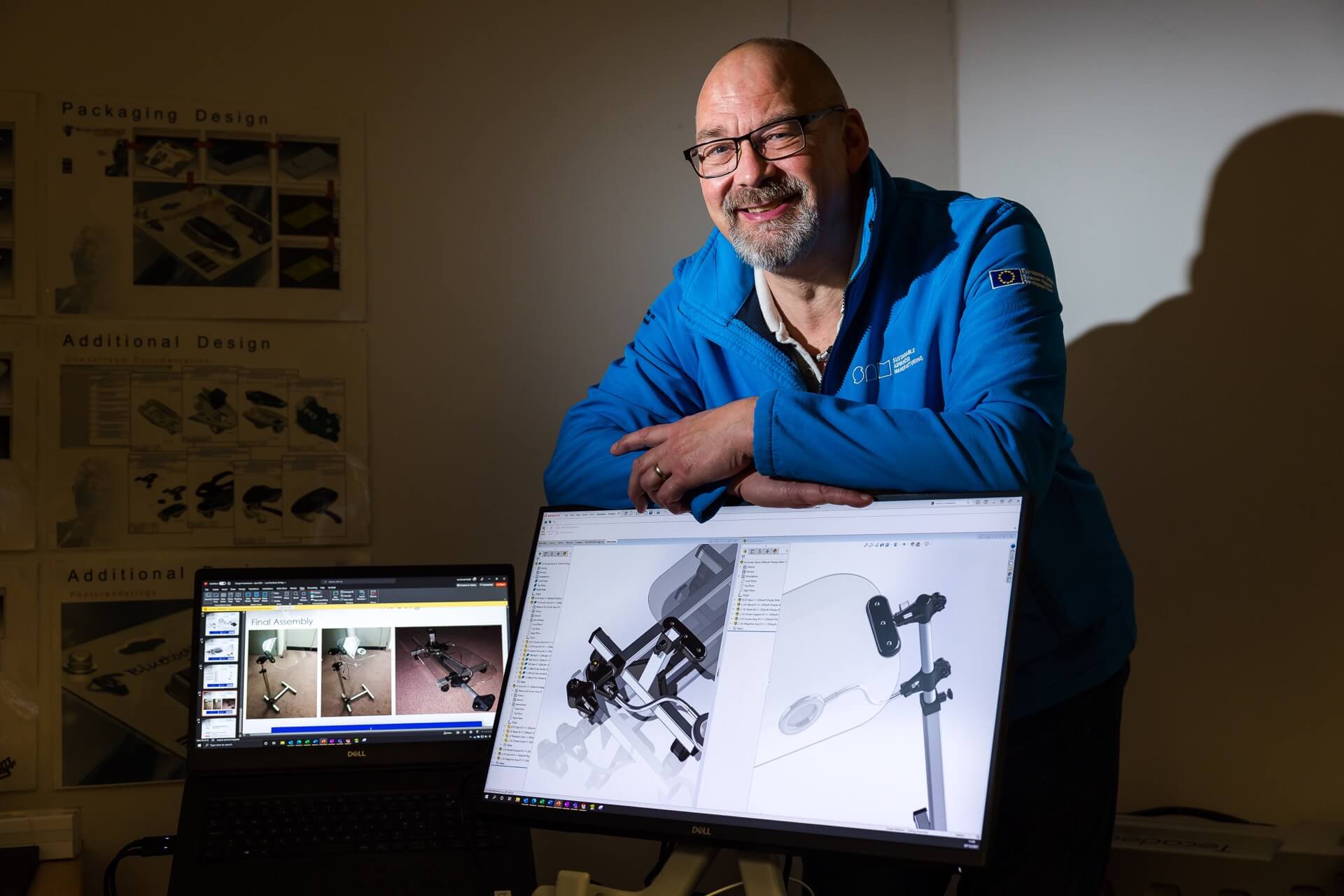Thirty years ago, when I first started using CAD software, it was no more than a means of creating an accurate 2D drawing.
Fast-forward three decades and the thought of designing something on paper is now – for the vast majority of manufacturers – a completely alien concept.
The introduction of 3D CAD software into the manufacturing mix has made businesses the world-over far more creative while vastly improving product quality.
Central to its success has been the rise of the internet and increased connectivity. I mean, can you imagine sending a drawing overseas and having amends fed back via return to sender?
While the manufacturers of yester-year may have had more localised customer bases, today’s manufacturing landscape couldn’t be any more contrasting, especially here in the North East.
As one of the UK’s most successful exporting regions, today’s manufacturers rely heavily on being connected to the rest of the world – be it dealing with suppliers or communicating with customers – and the increasing adoption of 3D CAD has been central to this success.
By reducing – and in some cases, completely removing – the need for complex programming, meetings and time delays caused by logistics and travel, the implementation of CAD has allowed parts to be manufactured and sold worldwide without worldwide travel, making the engineering and manufacturing environment way more collaborative.
Among the first industries to realise the benefits of CAD were the automotive and aerospace sectors. They were the early adopters as they had the money to invest in the technology and, in many cases, were used as guinea pigs to showcase the software and its benefits.
They swiftly learned that using 3D CAD not only reduced design and development time, but that it also highlighted errors at the early phases of a project. Errors during manufacture can be incredibly costly, particularly in high price, highly complex, high-volume products, so the automotive and aerospace companies bore witness to the immense benefits almost immediately.
Small workshops and manufacturers on the other hand were among the slowest to adopt the technology, as the majority of their machines were manual and they still relied on 2D drawings, however the vast majority are now seeing the bigger picture.
In the two years I’ve been with the SAM Project, I’ve worked on dozens of projects from the development of smart rings to large air sterilisers, outdoor garden buildings and material handling solutions, and have seen first-hand just how accessible and vital this technology has become to small and medium sized businesses.
All the projects have had one thing in common… they have given the clients an early insight into their product. The problems which they may encounter and how to overcome them, the manufacturability and complexity of an assembly and how to simplify or use alternative methods. It has helped both de-risk projects and give manufacturers the confidence and drive to further develop their ideas.
Fifteen years ago, drawing office managers would have laughed at the prospect of a paperless drawing office, just as small manufacturers five years later would have laughed at the thought of their businesses being able to afford such technology.
However, as technology has evolved and the cost of implementing 3D CAD has fallen, it’s now almost impossible to think of any manufacturing business not embracing and reaping the benefits of it.
Looking to the future, 3D CAD will be essential for future product development and manufacture as it is the foundation of an idea. As we move into a ‘virtual world’, a virtual prototype will be required to see virtual reality become reality. Fit, form and function will always have a bearing on a design and although some of this may become automated, creativity, corporate identity and uniqueness will always be important to a company and 3D CAD will only help enhance such traits.
So, if you’re a North East business thinking of learning more about 3D CAD and its many benefits, why not speak to our team of manufacturing experts? We’d be more than happy to talk you through the many options available to your business and how they could drive product and process improvement for your teams.
- Ian Barrett, CAD and Engineering Specialist at The SAM Project.

